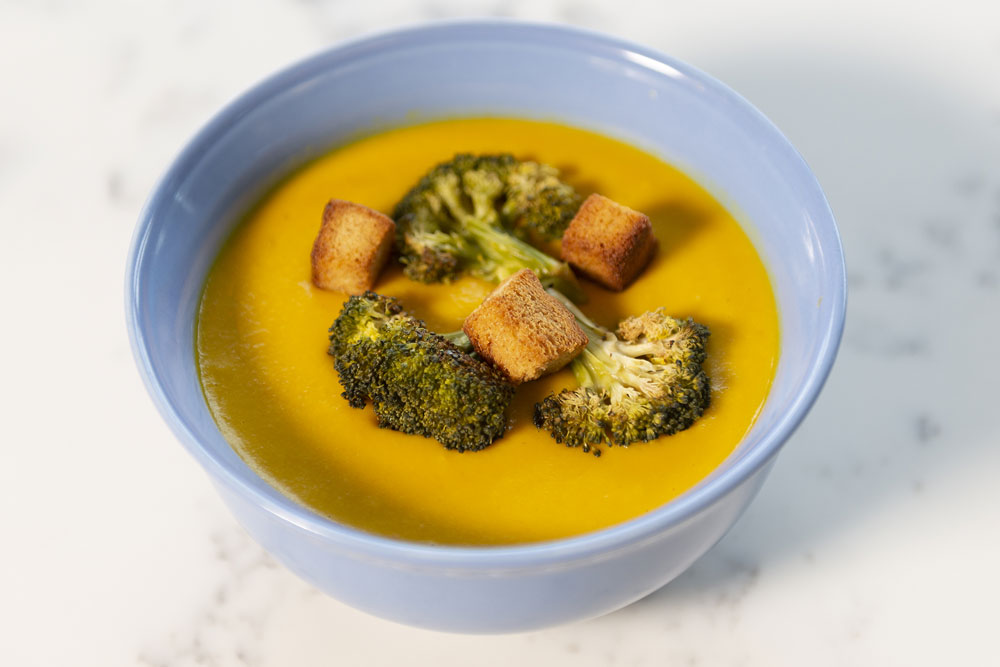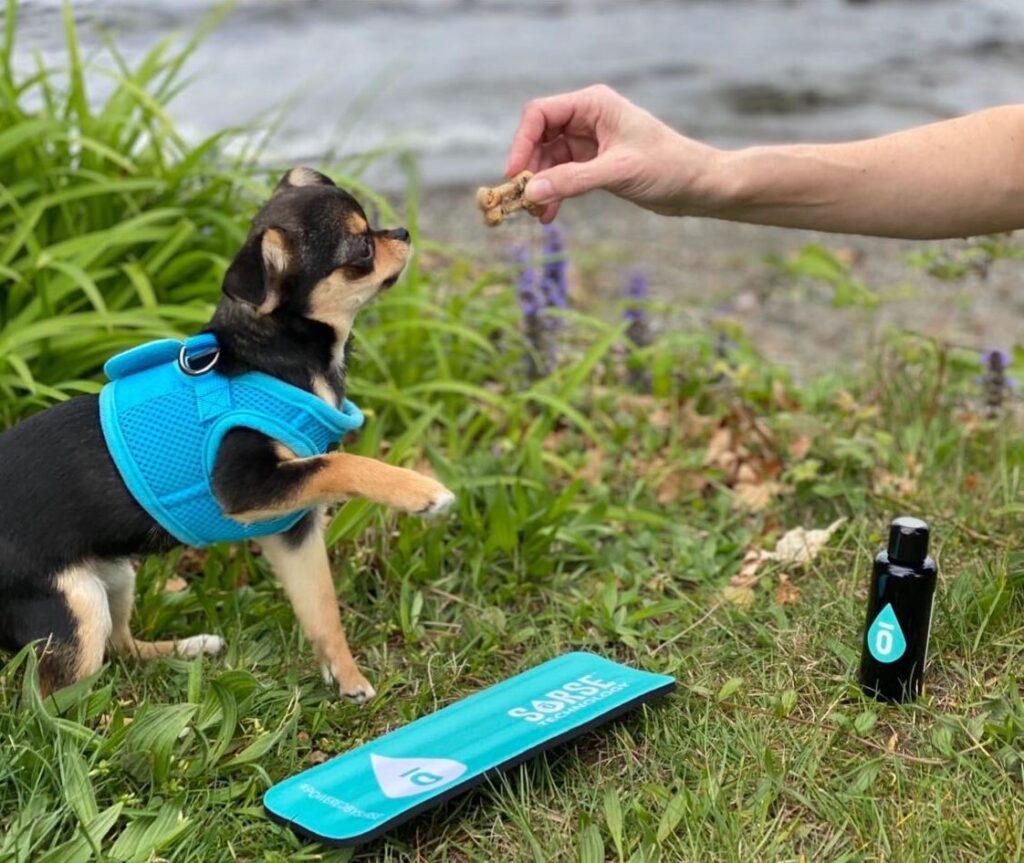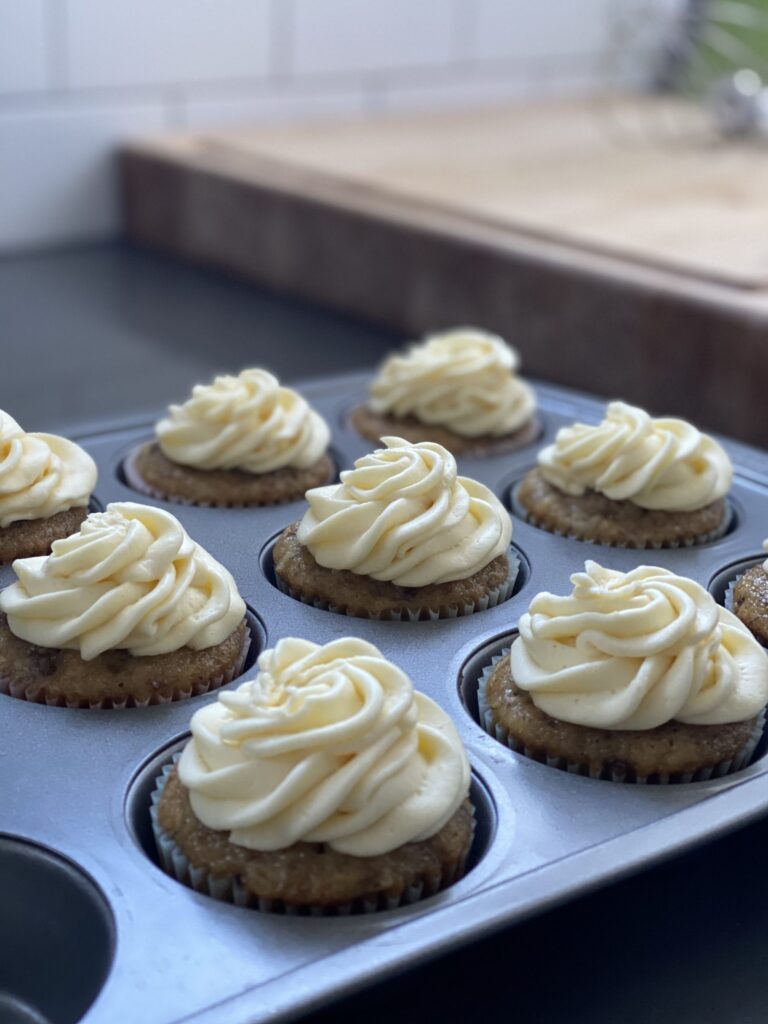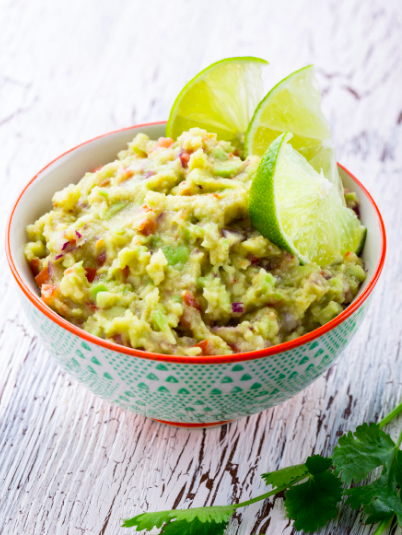SōRSE News & Blog
Home > News/Blog
More results...

Webinar: Cannabis Infused Products: Trends, Innovations & Opportunities
Check out our webinar co-hosted with New Frontier Data!

Webinar: How to Select a CBD Supplier
Learn the key differentiators to help you select your CBD supplier.

Valentine’s Day Recipe: Red Velvet Hot Chocolate
Valentine’s Day is just around the corner – and nothing says “I love you!” more than a healthy dose of chocolate.

January Recipe: Carrot-Ginger Soup
If one of your New Year’s Resolutions was to eat more vegetables, we’ve got you covered.













